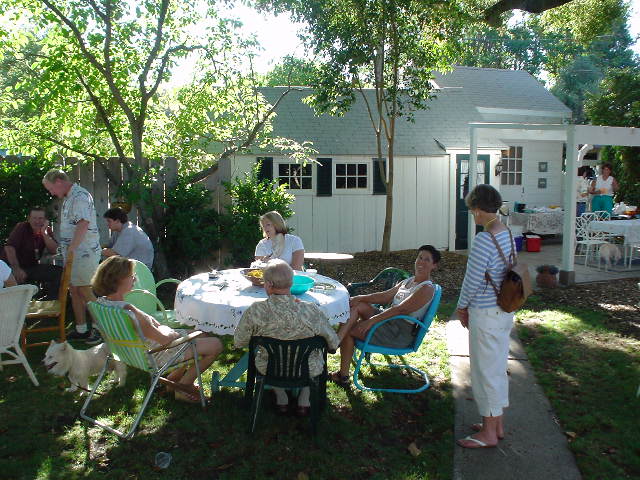
Effective communication helps to establish harmony in the community. The more effective the communication, the more successful will be the management of the association. A difficult aspect of communications is assuring that owners within a community have the opportunity to receive and/or access information. There are numerous methods for the association to facilitate good communications.
Informing a potential buyer: The first step to keeping the member informed about the association
- Create an information booklet, brochure, or packet that briefs the potential buyer on the association
- Review the association documents and/or the state statutes to determine what information the association is required to provide to a potential buyer
- Explain how members can become involved and participate in the association
Welcome letters/committee: After a new member moves in, assist them in learning about their community
- Provide a brief explanation of what the association is responsible for as outlined in the Covenants, Conditions, and Restrictions (CC&R's)
- Announce the name of the management company and/or the Association Manager. Provide a list of documents that the new homeowner should have received when closing escrow on the property
- Provide a map of the project that shows where the association amenities and facilities are located
- Provide an explanation of the annual assessments; when assessments are due
- Detail when the Board meets, if applicable
- Have the Welcome Committee greet new members
Annual member meetings and annual reports: An excellent opportunity to showcase the association to its membership
- Hold the annual members' meeting as required by the bylaws of the association.
- Provide a recap of the past year's accomplishments.
- Report on the upcoming year's activities and goals.
Association Newsletter: One of the primary vehicles for communicating with the members throughout the year
- The Association should establish an ongoing, scheduled newsletter program
- The goal of the newsletter should be to communicate a full range of information to the membership
- Recruit homeowner reporters to draft articles
- Always include articles about board briefings and/or minutes from board and/or annual meetings
- Make the communication fun and easy to read
- Use tasteful graphics to explain key points
- Include consumer features, such as legal issues, trends, and general information that matches the demographics of the members

Social Activities: A good tool for stimulating interaction amongst the membership, as well as establishing board contacts
- Plan and hold holiday parties and events
- Organize block parties
- Recognize outstanding members who participate in association programs
- Ask if there is any interest in Association social clubs
- On a periodic basis, plan a community wide event, such as yard/garage sale, craft/bake sales, etc.
Website/internet usage: To maintain a flow of communication, create a website that is available to the members any time
- Include information that can be accessed by members of the association
- Provide weekly alerts and reminders that facilitate positive interaction with the association
- Announce any timely changes in operations, such as major repair work on the pool
- Place links on the website that allow members to access local services, government entities, school sites
Bulletin boards/postings: A centrally located bulletin board (i.e., clubhouse facility, gate house entrance) where members can post and/or access notices and information
- Select a convenient location for services providers to post flyers, advertisement
- Members can place for sale items within approved flyers
- Association meeting notices can be prominently posted.
Informational meetings: Over time, community associations will develop more political clout and become a major voice. It is important to recognize this trend and provide additional information resources to the membership
- Invite local, state, and national government officials to meet with the membership
- Organize a neighborhood watch kickoff meeting
- Work in conjunction with the local police authorities to implement a community-wide policing program
Communicate, communicate, communicate.
Then communicate some more!
Related Articles
- How to Start a Neighborhood Association
- HOA Website Can Save Money And Increase Communication
- How Neighborhood Assoc Websites Can Increase Participation
- A Condo Association Website Can Facilitate Communication
- Neighborhood Watch-How to Start One!
- Utilizing a Neighborhood Watch Website
- An Effective Meeting Agenda
- A Guide to Successful Association Meetings
- Association Basics for Committees
- Attracting Volunteers
- Budget Preparation Tips
- Have An Effective and Efficient Meeting Every Time
- Directory of Association Articles
Source: Association Times
 Print
Print Email
Email







